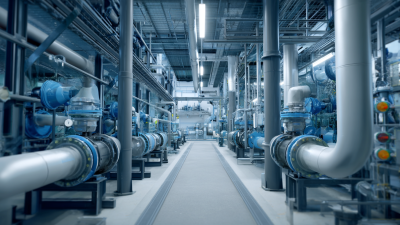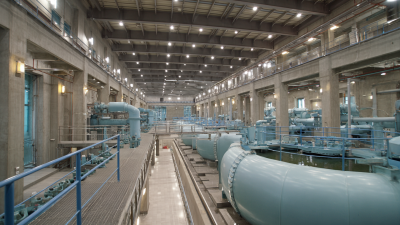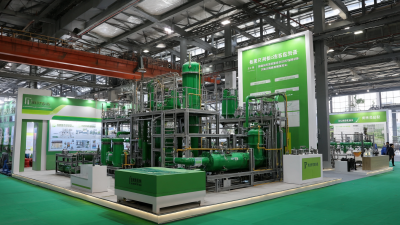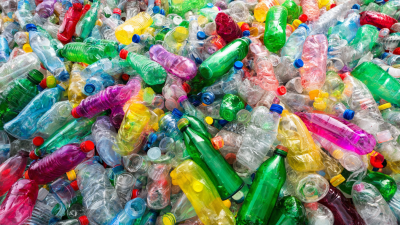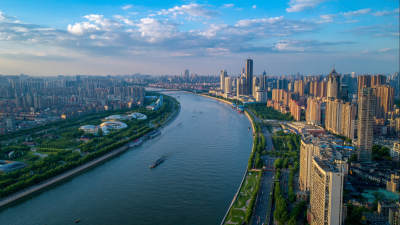In the quest for sustainable urban development, water reclamation emerges as a pivotal strategy capable of addressing the pressing challenges posed by urbanization and climate change. According to the United Nations, by 2050, nearly 68% of the world's population is projected to reside in urban areas, exacerbating water scarcity issues. The World Bank reports that over 2 billion people currently live in water-stressed regions, highlighting an urgent need for innovative solutions.
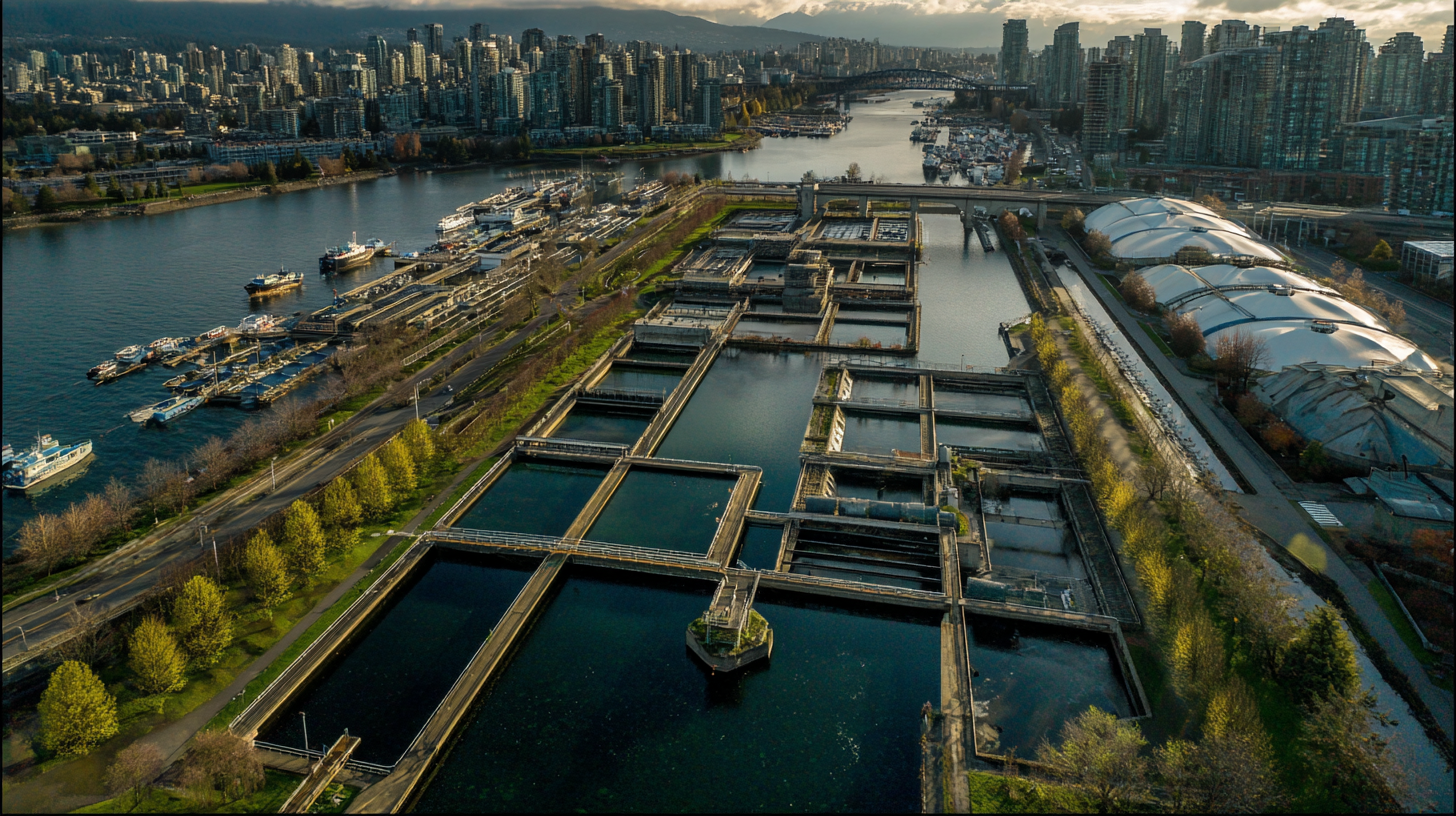
Water reclamation, which involves treating wastewater for reuse, can significantly alleviate this crisis, with studies indicating that cities can meet up to 30% of their water demand through reclaimed sources. Additionally, the International Water Association has found that implementing advanced water reclamation systems can enhance urban resilience while reducing freshwater dependency. As cities grapple with resource limitations, harnessing water reclamation technologies not only enhances water availability but also promotes a circular economy, paving the way for a sustainable future.
Innovative water reclamation technologies are at the forefront of transforming urban sustainability. As cities face increasing pressure from population growth and climate change, traditional water sources are becoming scarce. Advanced reclamation systems, such as membrane bioreactors and reverse osmosis, are being implemented to treat wastewater for reuse. These technologies not only alleviate the burden on freshwater resources but also help in the management of stormwater, reducing urban flooding and improving water quality in local ecosystems.
Moreover, the integration of smart technologies in water reclamation enhances efficiency and reliability. Real-time monitoring and data analytics allow municipalities to optimize their water treatment processes, ensuring that reclaimed water meets safety standards for various uses, such as irrigation, industrial processes, and even potable reuse in some advanced applications. By adopting these innovative solutions, urban areas can create a sustainable water supply, thereby contributing to the overall resilience of cities in the face of environmental challenges.
This chart illustrates the percentage of urban water reuse in various cities, reflecting the impact of innovative water reclamation technologies on urban sustainability.
Water scarcity is increasingly becoming a pressing issue in urban areas, with populations expanding and climate change exacerbating the demand for freshwater resources. Implementing advanced wastewater treatment technologies holds the potential to reduce urban water scarcity by as much as 40%. Through effective reclamation processes, treated wastewater can be repurposed for various non-potable uses such as irrigation, industrial applications, and even replenishing groundwater supplies, alleviating some pressure on limited freshwater sources.
Moreover, integrating wastewater treatment into urban planning not only promotes a sustainable water cycle but also enhances resilience against droughts and water shortages. Innovative systems that prioritize the recycling of water contribute to a circular economy, where resources are utilized more efficiently. By unlocking the potential of treated wastewater, cities can pave the way for sustainable growth, ensuring a more secure and reliable water supply for future generations. This approach not only conserves precious water resources but also reduces the environmental impact associated with water extraction and consumption.
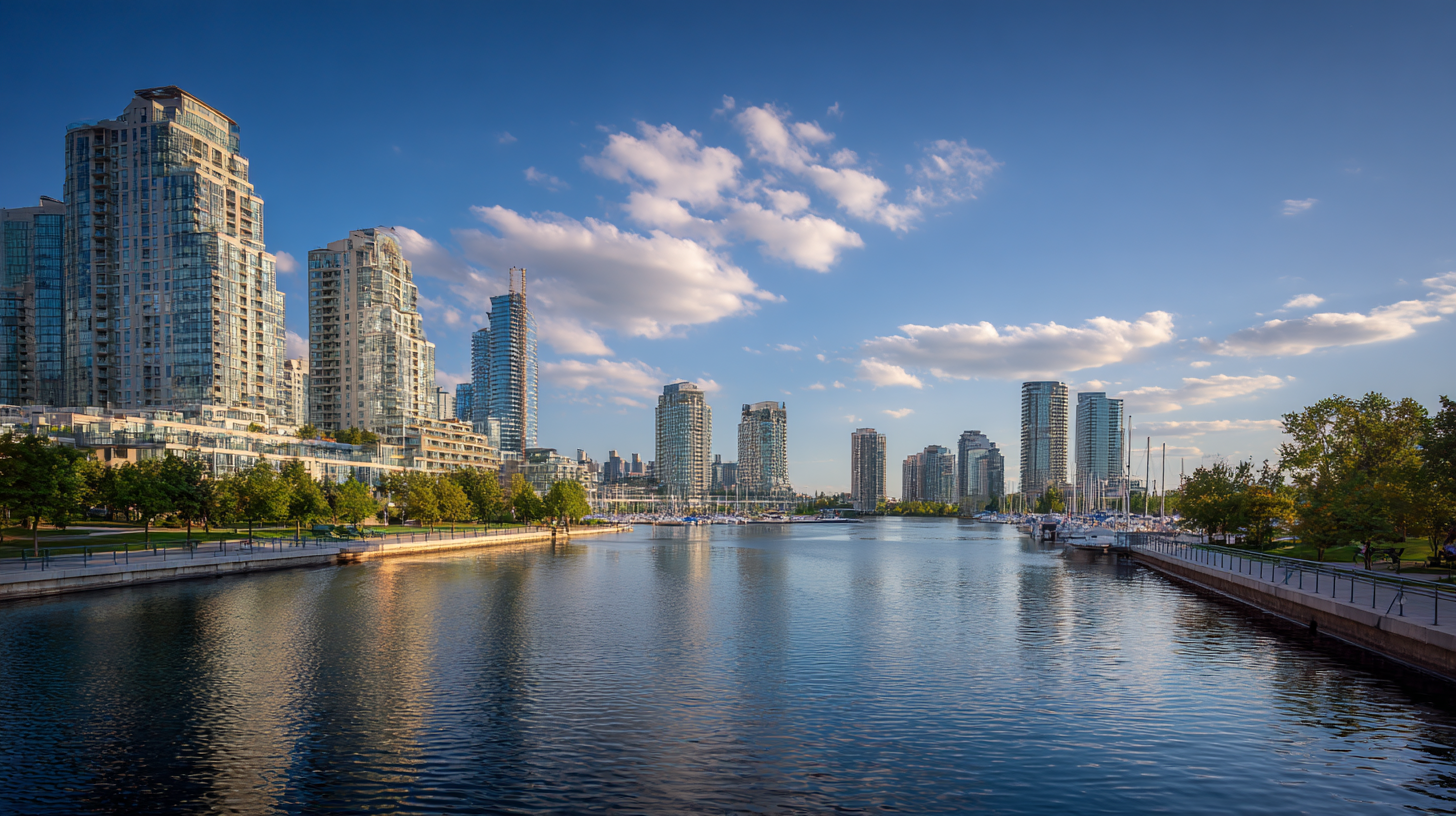
The transformation of urban sustainability through water reclamation is increasingly supported by innovative digital solutions. Effective water quality monitoring and data sharing are essential to ensuring safe and sustainable water resources. Recent initiatives in various regions, such as the advancements in smart water management technologies, highlight the potential for integrated systems that enhance monitoring capabilities. These technologies enable real-time data collection and analysis, facilitating informed decision-making and timely responses to environmental challenges.
Moreover, the competitive landscape for data-driven solutions indicates a growing recognition of the importance of digital tools in managing water resources. Events like the upcoming data competition in Hunan province demonstrate a commitment to fostering innovations that leverage data as a key factor in urban sustainability efforts. By promoting collaboration among stakeholders, the establishment of a shared data ecosystem can empower cities to address water quality issues more effectively and develop sustainable practices for resource management.
| City | Population | Daily Water Reclamation (million gallons) | Water Quality Index | Digital Monitoring Solution |
|---|---|---|---|---|
| City A | 1,500,000 | 5.2 | 85 | Cloud-based Monitoring System |
| City B | 2,300,000 | 7.8 | 90 | AI-driven Analytics Platform |
| City C | 750,000 | 3.5 | 88 | IoT Water Sensors |
| City D | 1,200,000 | 4.6 | 92 | Mobile Monitoring App |
| City E | 900,000 | 6.0 | 83 | Real-time Data Dashboard |
Water reclamation presents a transformative opportunity for cities striving for sustainability, with the potential to save urban communities as much as $3 billion annually. According to a report by the Water Research Foundation, cities that invest in advanced water recycling technologies can substantially reduce costs associated with traditional water supply methods. These savings can be redirected towards other critical urban infrastructure, enhancing overall quality of life for residents.
Implementing water reclamation systems not only decreases reliance on freshwater resources but also mitigates the financial burden on municipalities. For example, the Arizona Municipal Water Users Association estimates that reclaiming wastewater can lower water treatment costs by up to 20%. This economic advantage is particularly important as cities grapple with growing populations and the ensuing demand for sustainable resources.
Tips for Implementing Water Reclamation:
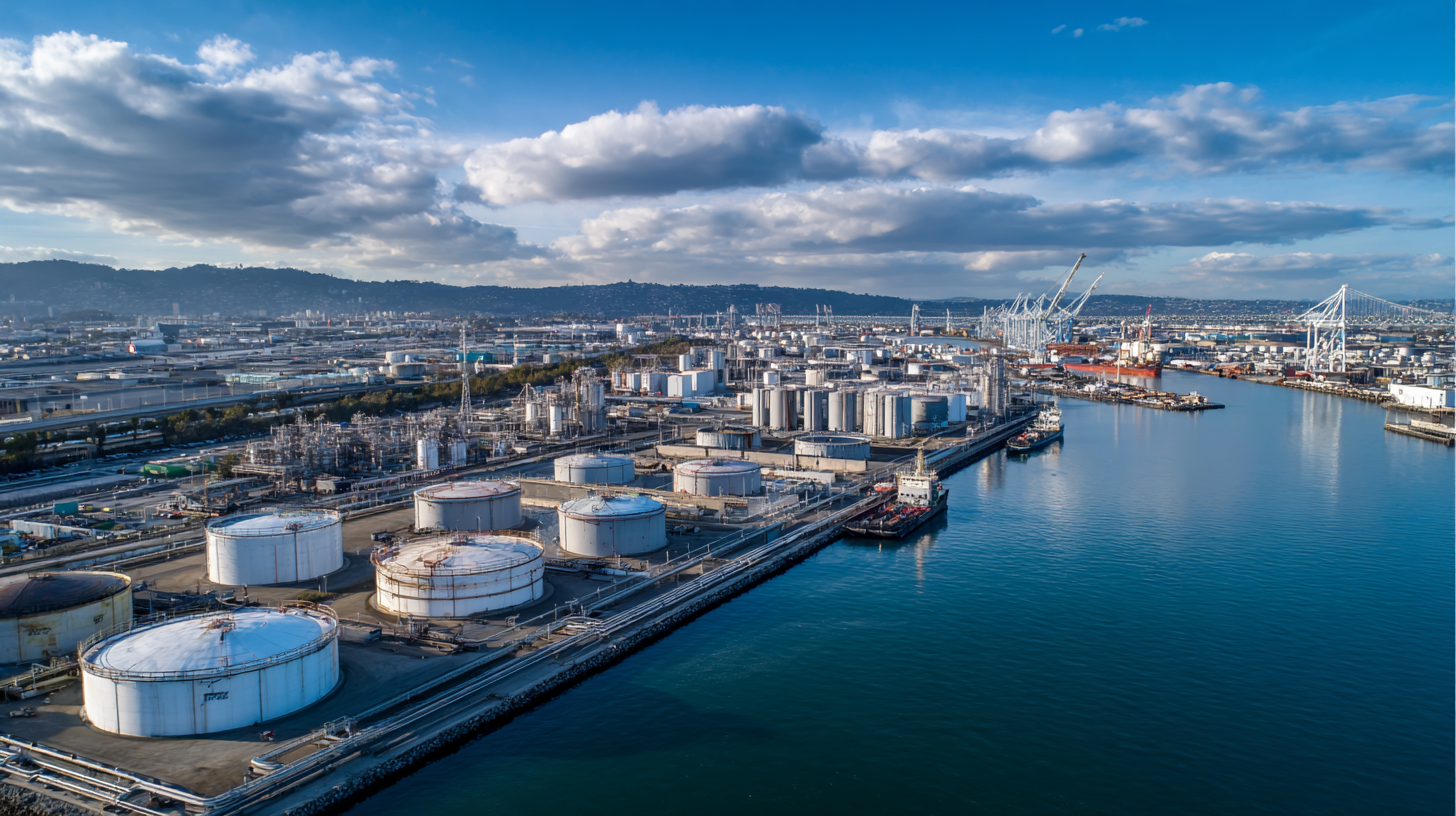
Water reclamation has emerged as a transformative solution for urban sustainability, with numerous successful case studies from around the globe showcasing its potential. One notable example is the Orange County Water District's Groundwater Replenishment System in California, which serves as a benchmark for urban water reuse. This facility processes up to 100 million gallons of treated wastewater daily, contributing to more than 30% of the region's water supply. According to the United Nations, cities are expected to accommodate 68% of the global population by 2050, making such innovative water management strategies increasingly critical.

In Singapore, the NEWater initiative demonstrates another successful urban water reclamation project that addresses water scarcity in a densely populated city-state. By recycling treated wastewater into ultra-clean water, NEWater caters to around 40% of Singapore's water needs. The country's commitment to harnessing technology for sustainable water solutions has significantly reduced its dependency on imported water, as highlighted in the World Bank's report on urban water management. The lessons learned from these successful projects emphasize the importance of integrating water reclamation into urban planning to enhance resilience against water-related challenges.

